The coastal exodus is giving way to a heartland renaissance.

For the better part of a decade, the story of millennial migration was a predictable one, a relentless gravitational pull toward a handful of super-star coastal cities. The promise of high-paying tech jobs and a vibrant cultural scene in places like New York, San Francisco, and Los Angeles was an irresistible lure. But the gloss has started to wear off, and the story is beginning to change.
Priced out, burned out, and seeking a more balanced life, a significant number of millennials are now looking inland. They are discovering that the very cities their parents may have fled are now in the midst of a quiet renaissance, offering an unexpected and compelling combination of affordability, opportunity, and a genuine sense of community.
1. Cleveland, Ohio is attracting people with its arts and affordability.
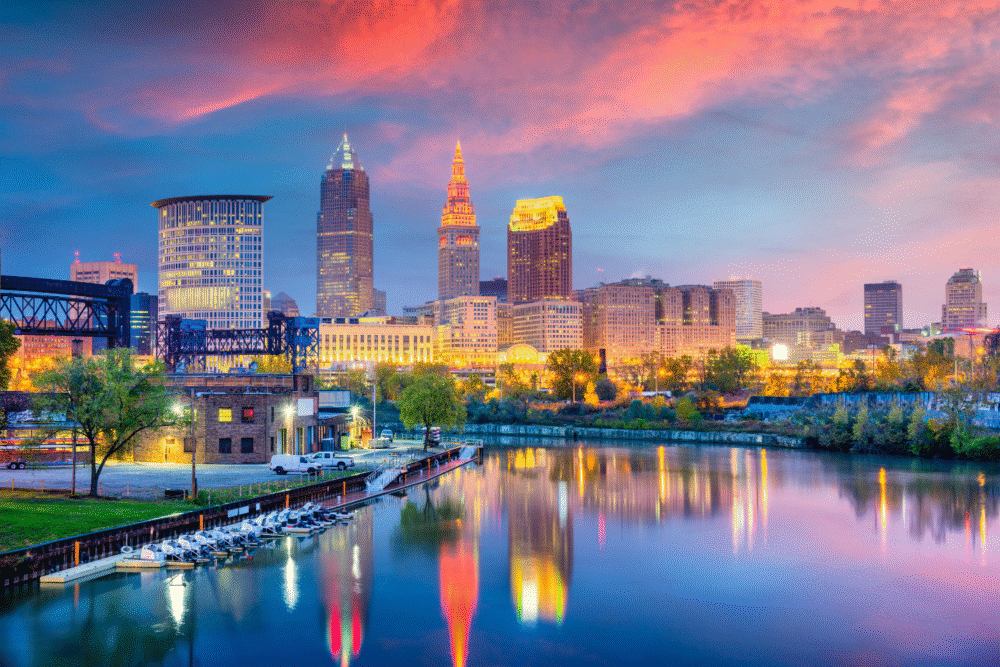
Once a poster child for industrial decline, Cleveland is now drawing in millennials with its incredibly low cost of living and a surprisingly rich cultural scene. The city is home to world-class institutions like the Cleveland Museum of Art and the Cleveland Orchestra, as well as a thriving network of independent theaters and music venues in neighborhoods like Gordon Square.
Young professionals are finding that they can afford a quality of life here—like buying a home or starting a business—that would be unthinkable in a coastal metropolis. The city’s growing healthcare and biotech sectors provide a solid economic base, making it a practical and culturally engaging choice.
2. Detroit, Michigan offers a chance to be part of a historic comeback.

The story of Detroit’s revitalization is a powerful draw for millennials who want to be part of something meaningful. The city is experiencing a surge in investment and energy, with a growing tech scene, a vibrant arts community, and a palpable sense of civic pride. There is a pioneering spirit here, a feeling that you can make a real impact.
The affordability is a huge factor, with housing costs that are a fraction of those in other major cities. This has attracted a wave of artists, entrepreneurs, and young professionals who are drawn to the city’s stunning architecture and the opportunity to contribute to its historic and ongoing comeback story.
3. St. Louis, Missouri is a hub of surprising coolness and low costs.
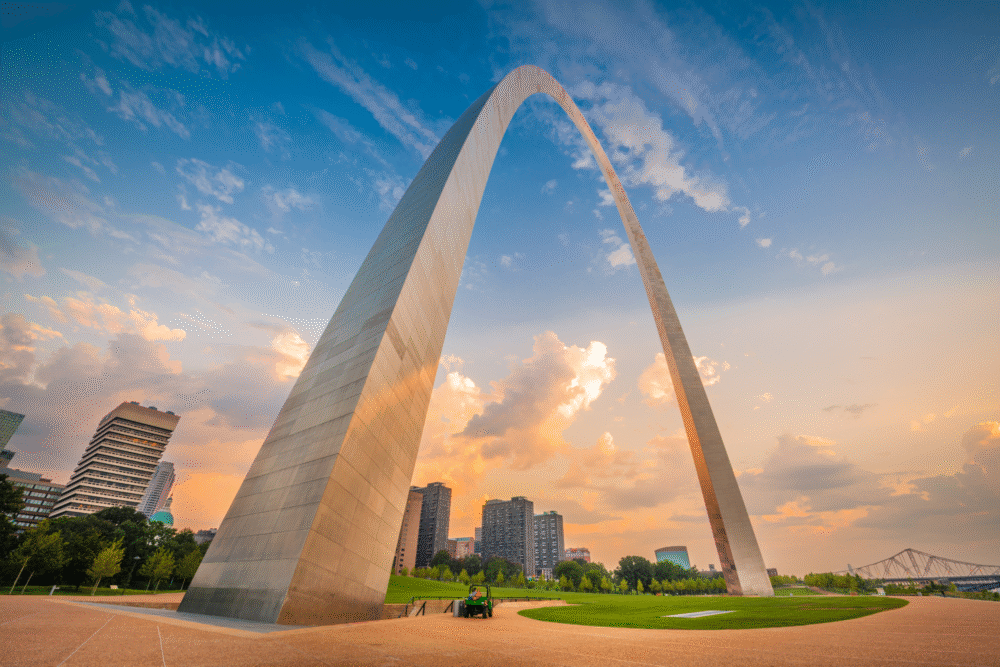
Often overlooked, St. Louis has emerged as a stealthily cool destination for millennials seeking an affordable and enjoyable urban lifestyle. The city boasts a collection of unique and historic neighborhoods, a fanatical sports culture, and a nationally recognized craft beer and food scene. Its central location also makes it an easy hub for travel throughout the country.
The cost of living is the main draw, allowing residents to live a full and comfortable life without the financial stress of a more expensive city. The presence of several major corporate headquarters and a growing startup ecosystem provides a diverse range of job opportunities, adding to its appeal.
4. Kansas City, Missouri combines a vibrant culture with easy living.
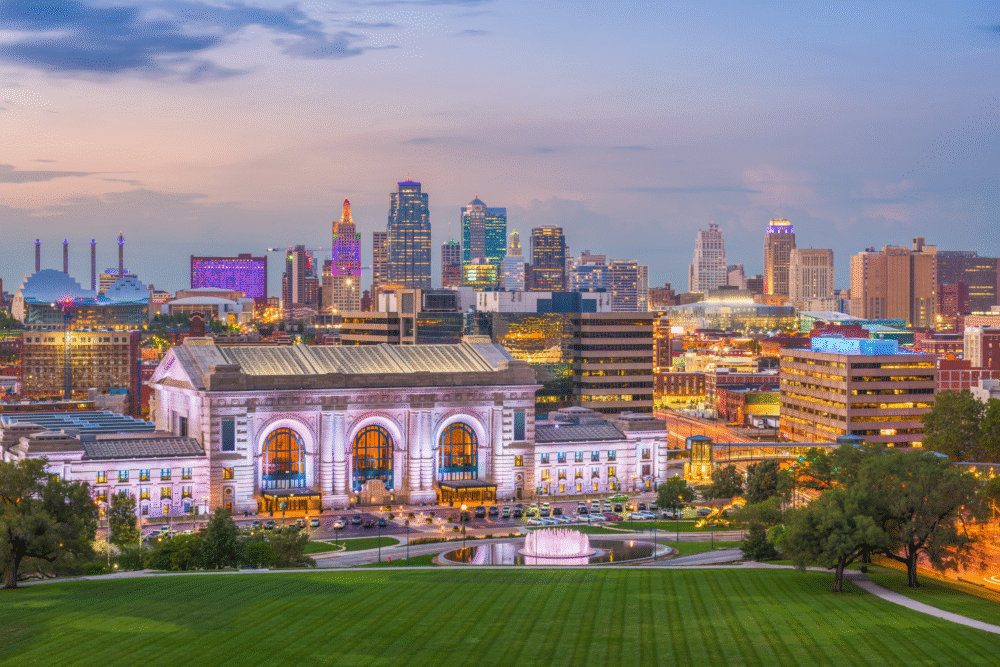
Kansas City has quietly cultivated a reputation as one of the coolest and most creative cities in the Midwest. It offers a unique blend of world-class barbecue, a deep jazz heritage, a surprisingly robust arts scene, and a passionate local community. It’s a city that feels both authentically American and unexpectedly cosmopolitan.
Millennials are drawn to the city’s manageable size, its friendly vibe, and its extremely affordable housing market. You get all the amenities of a big city—great restaurants, museums, and sports teams—without the big-city price tag and traffic headaches, which is an increasingly attractive proposition.
5. Pittsburgh, Pennsylvania has transformed into a tech and innovation hub.
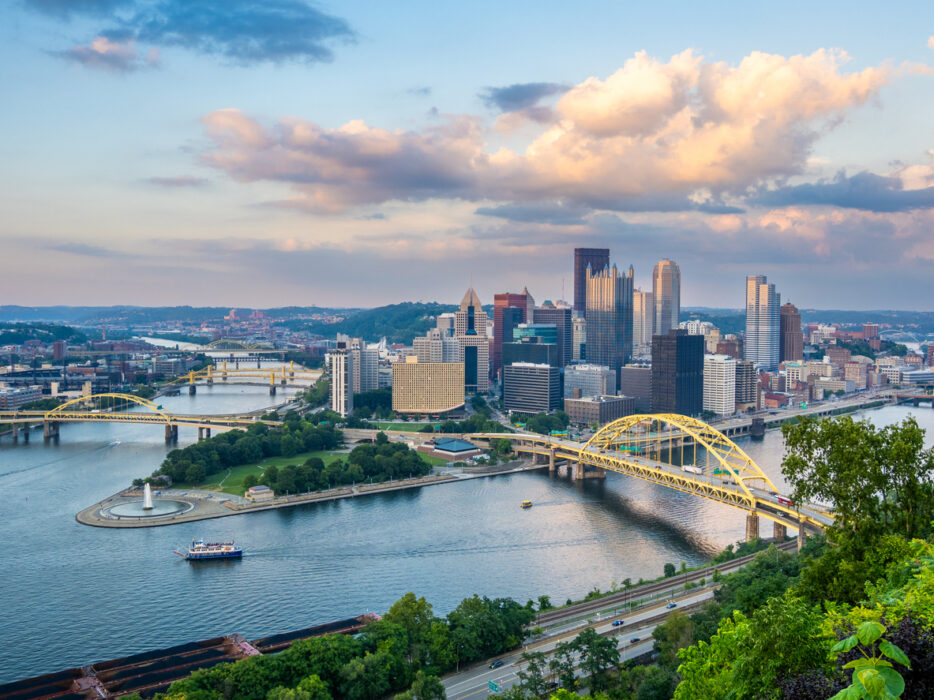
Pittsburgh has successfully reinvented itself from a gritty steel town into a modern hub for technology, robotics, and healthcare, largely thanks to the influence of institutions like Carnegie Mellon University. This “eds and meds” economy is creating a wealth of high-skilled jobs that are attracting young, educated professionals from across the country.
Beyond its strong job market, the city offers a unique topography with its rivers and hills, an abundance of green space, and a collection of distinct and walkable neighborhoods. The combination of affordability, career opportunities, and a high quality of life makes it a top contender for millennials.
6. Birmingham, Alabama is a foodie city with a low cost of living.
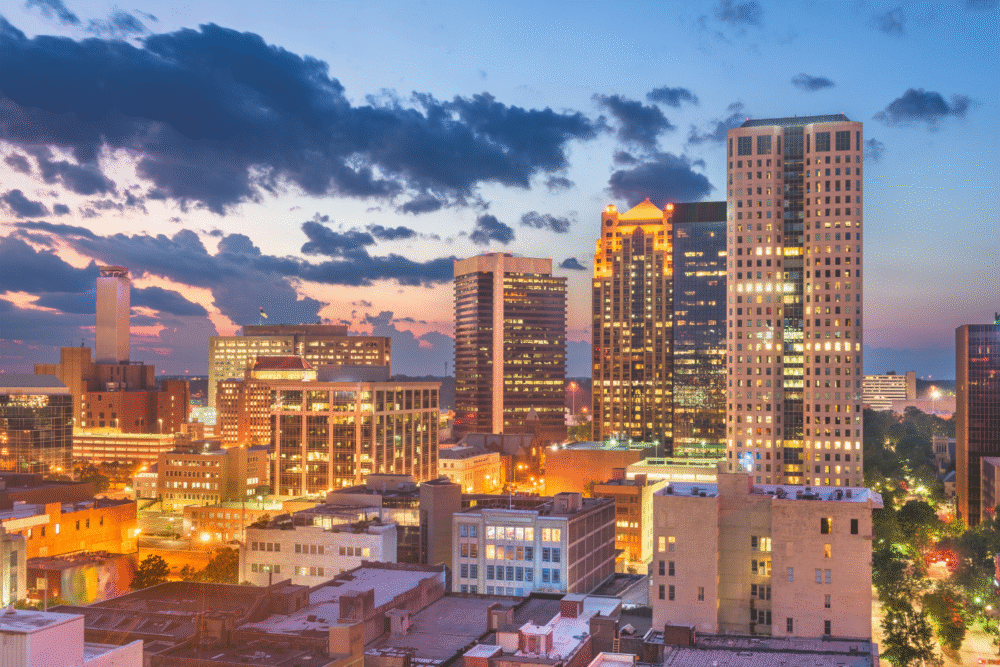
Birmingham has undergone a remarkable transformation, emerging as a culinary hotspot with a nationally acclaimed food and drink scene. This, combined with a cost of living that is well below the national average, has put the city on the radar for millennials looking for a vibrant yet affordable place to live in the Southeast, not far from places like Woodstock, Georgia.
The city is also embracing its pivotal role in the Civil Rights Movement, with a number of powerful museums and historic sites. This blend of a forward-looking culinary scene and a deep historical consciousness, all in an affordable package, is proving to be a winning combination.
7. Buffalo, New York is becoming a destination for climate-conscious movers.
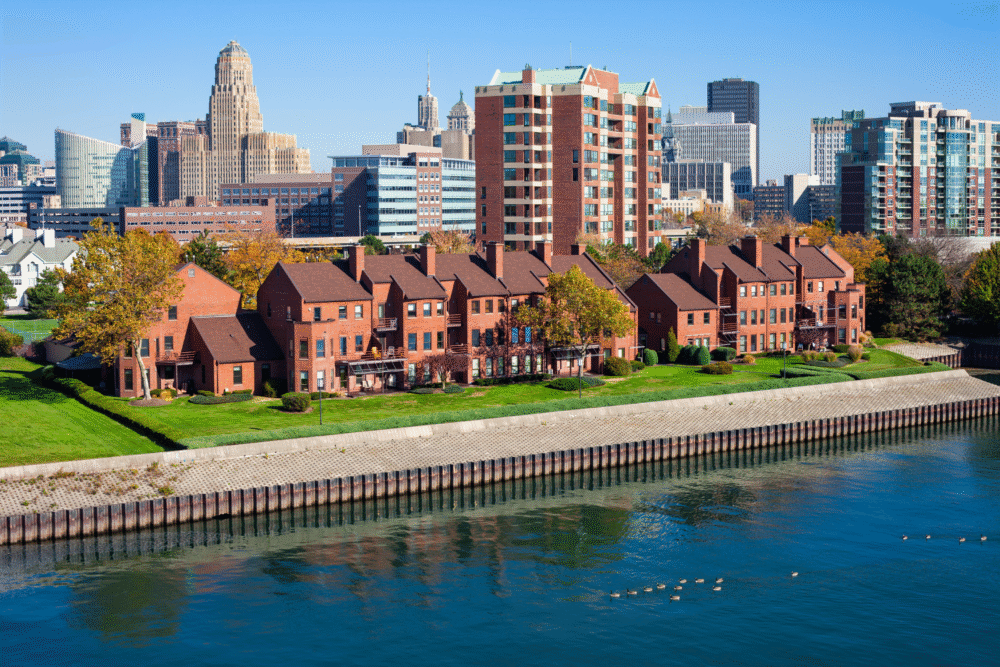
As climate change becomes a more pressing concern, Buffalo is gaining attention as a potential “climate refuge” city, thanks to its ample supply of fresh water and its relatively low risk of natural disasters like wildfires and hurricanes. This long-term climate resilience is a new and increasingly important factor for millennials planning their future.
Beyond that, the city boasts stunning architecture, a passionate sports fan base, and a cost of living that is a world away from nearby cities like New York and Boston. Its proximity to Toronto also adds a unique international dimension, making it an intriguing and forward-thinking choice.
8. Baltimore, Maryland offers an affordable entry to the Acela corridor.

For millennials who want or need to be near the economic and political hub of Washington, D.C., but can’t stomach its high cost of living, Baltimore has become the smart and affordable alternative. The city offers easy commuter rail access to D.C., allowing residents to tap into its job market while enjoying Baltimore’s much lower housing costs.
The city itself has a gritty, authentic charm, with a beautiful waterfront, a world-class aquarium, and a collection of quirky and historic neighborhoods like Fells Point and Hampden. It provides an affordable and character-filled home base on the expensive Acela corridor.
9. Milwaukee, Wisconsin provides lakeside living without the Chicago prices.
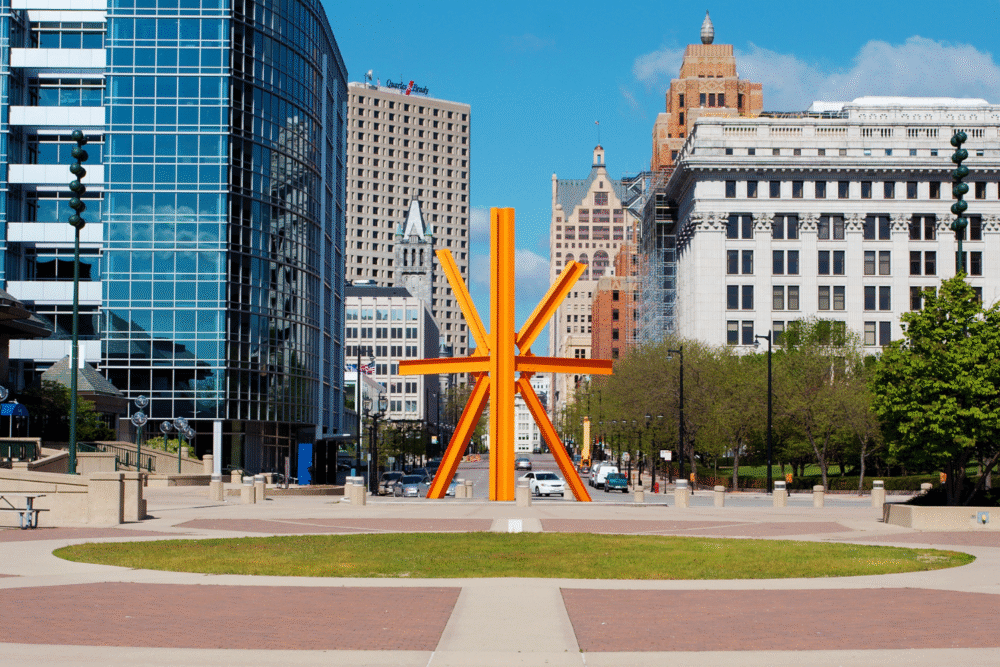
Milwaukee offers many of the same perks as its much larger neighbor to the south—a stunning Lake Michigan waterfront, a lively festival scene, and great breweries—but at a significantly lower cost and with a more manageable, friendly vibe. It’s a city that feels approachable and easy to live in.
Millennials are discovering that they can enjoy a vibrant, lakeside urban lifestyle without the intense competition and high prices of Chicago. The city’s ongoing downtown revitalization and its strong sense of local community are making it an increasingly popular choice for those looking for a balanced Midwestern life.
10. Cincinnati, Ohio is a city of unique and charming neighborhoods.
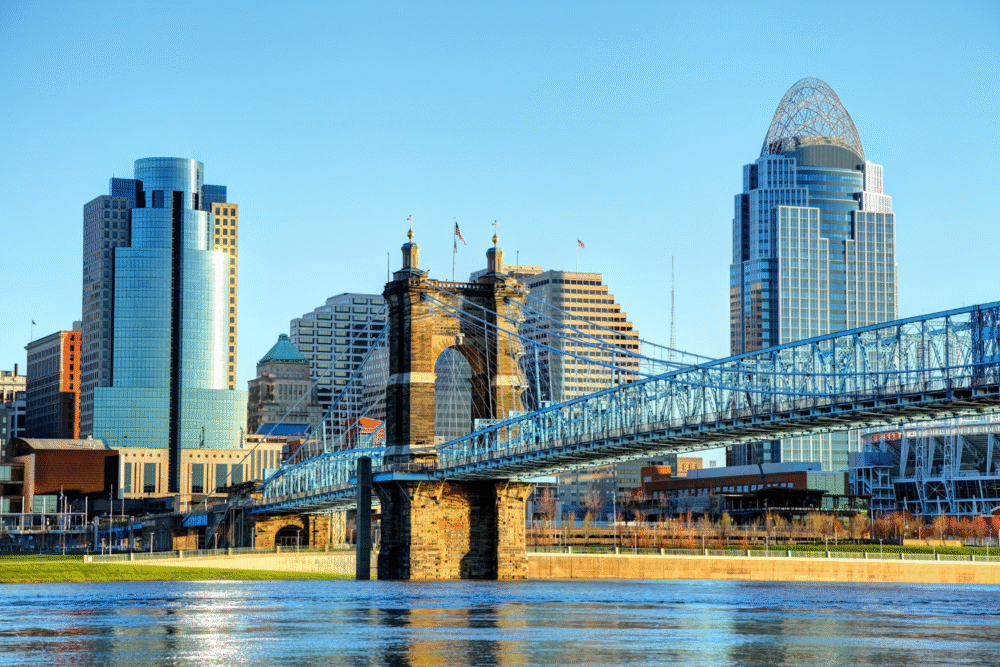
Cincinnati’s appeal lies in its collection of distinct and historic neighborhoods, each with its own unique character and architecture, like the revitalized Over-the-Rhine district. The city feels like a cluster of charming small towns that have been stitched together, offering a diverse range of living experiences.
It also punches above its weight with a number of Fortune 500 companies, a lively arts scene, and two major league sports teams. This combination of a strong economic base, unique urban environments, and a low cost of living is making it a magnet for millennials who are tired of generic, overpriced cities.
11. Richmond, Virginia blends history, arts, and outdoor access.
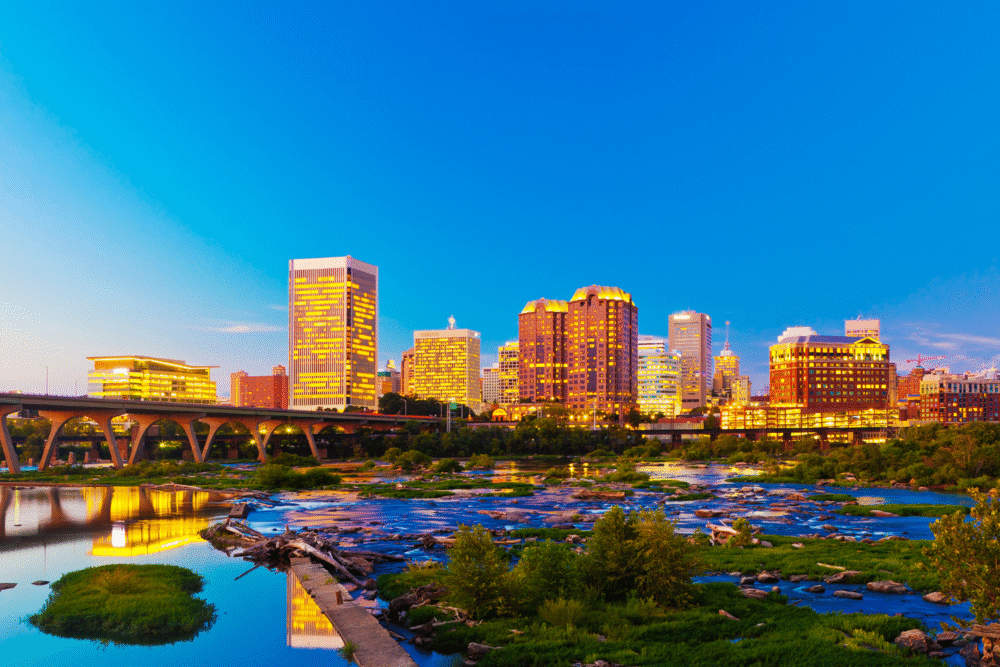
Richmond has become a hotspot for millennials drawn to its perfect blend of history, a thriving independent arts and music scene, and easy access to outdoor recreation on the James River. The city has a creative and youthful energy that feels both historic and forward-looking at the same time.
Its location is also a major selling point, offering a more affordable and relaxed lifestyle while still being just a short drive from both the Blue Ridge Mountains and the major hub of Washington, D.C. This combination of cultural vibrancy, natural beauty, and strategic location is a powerful draw.
